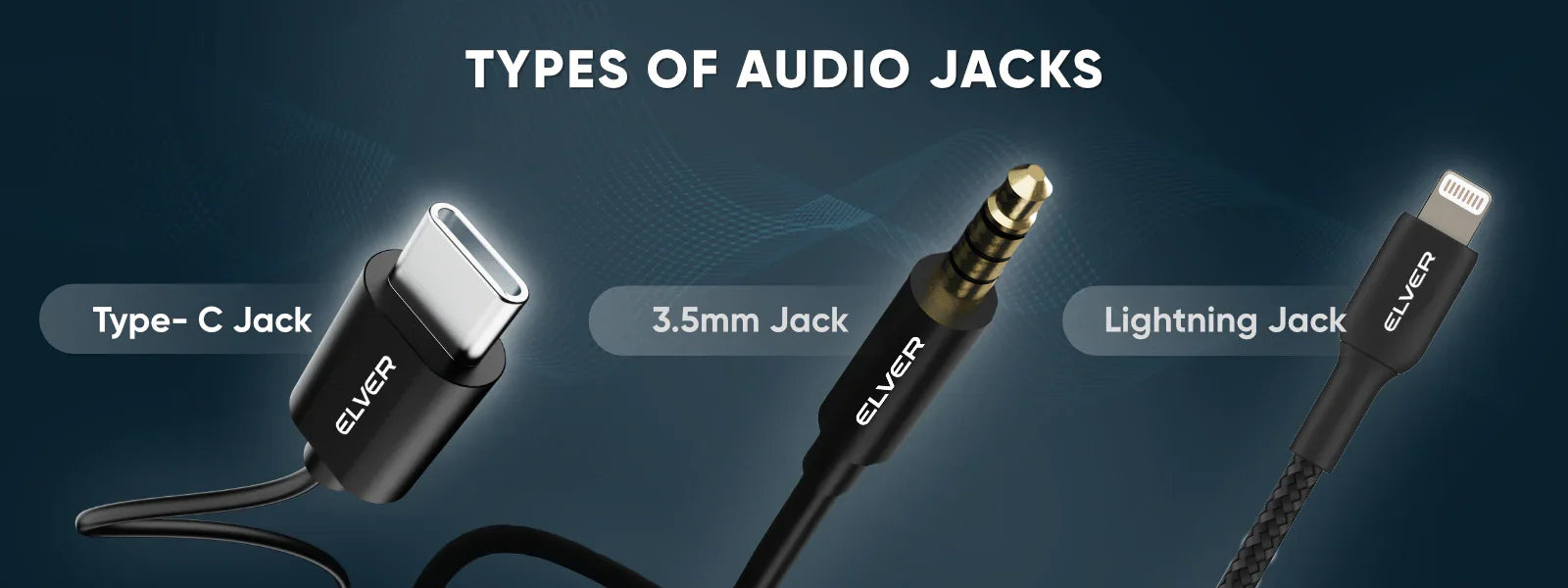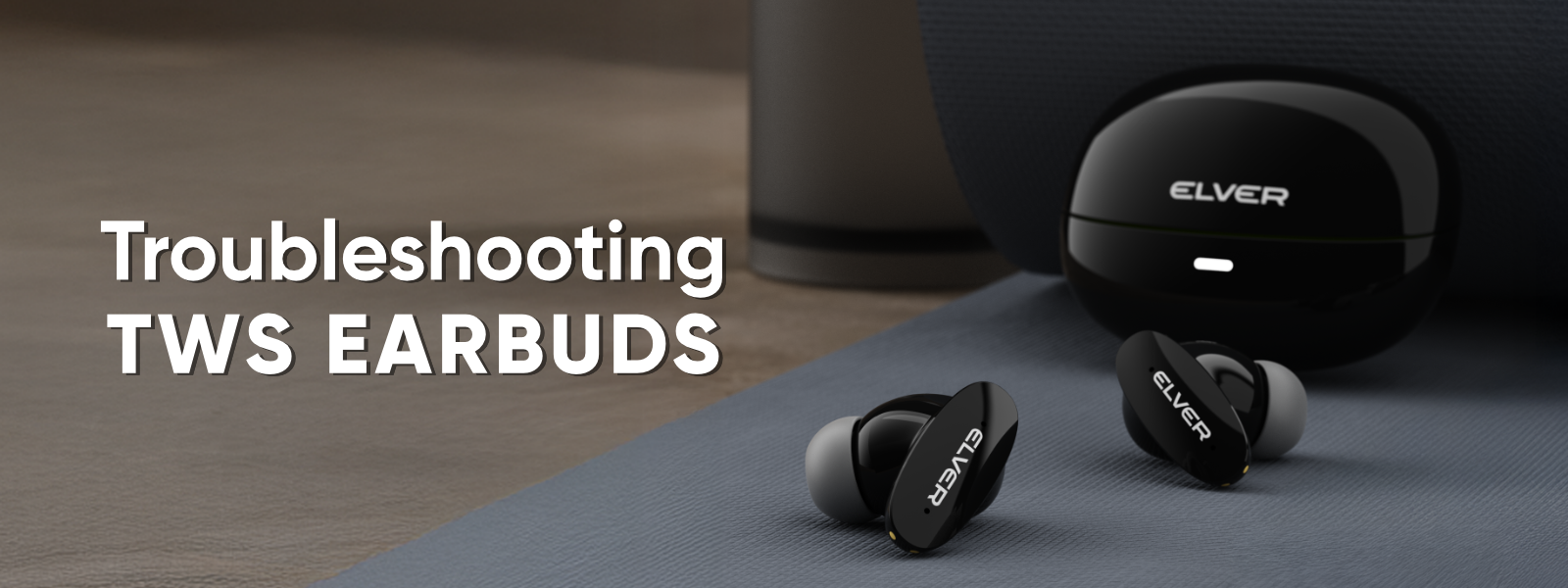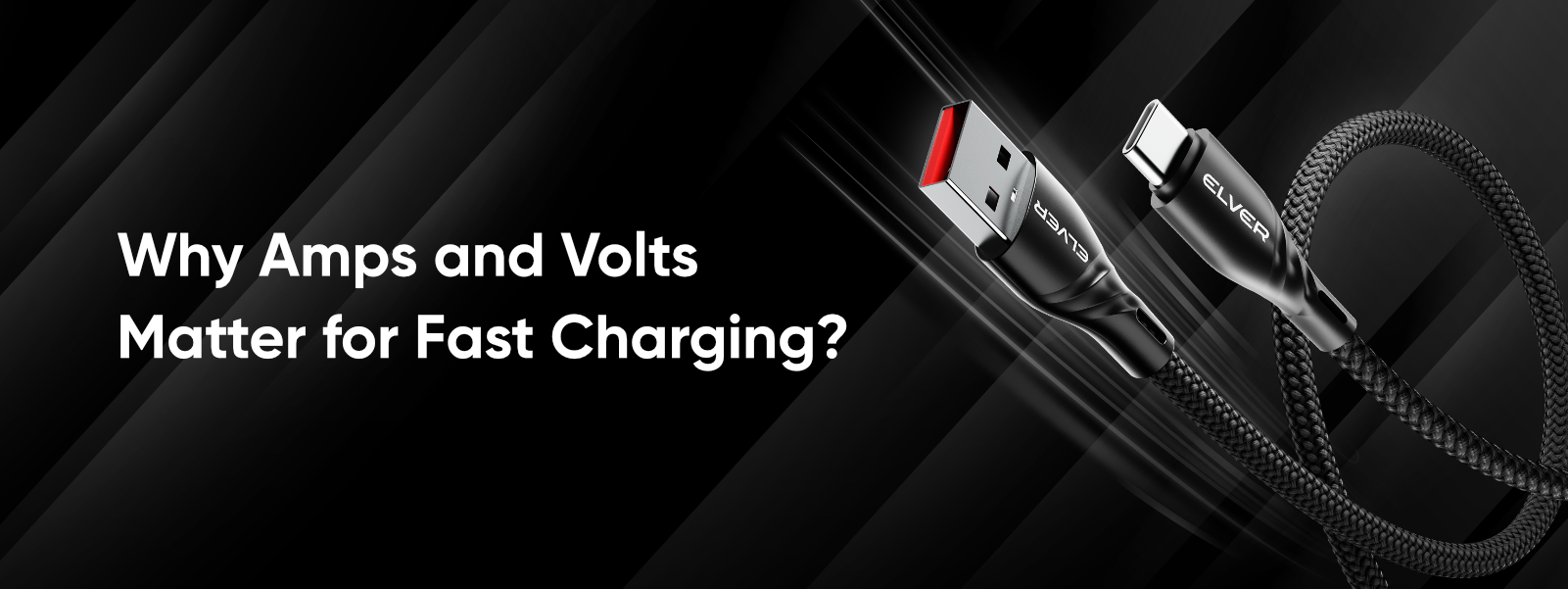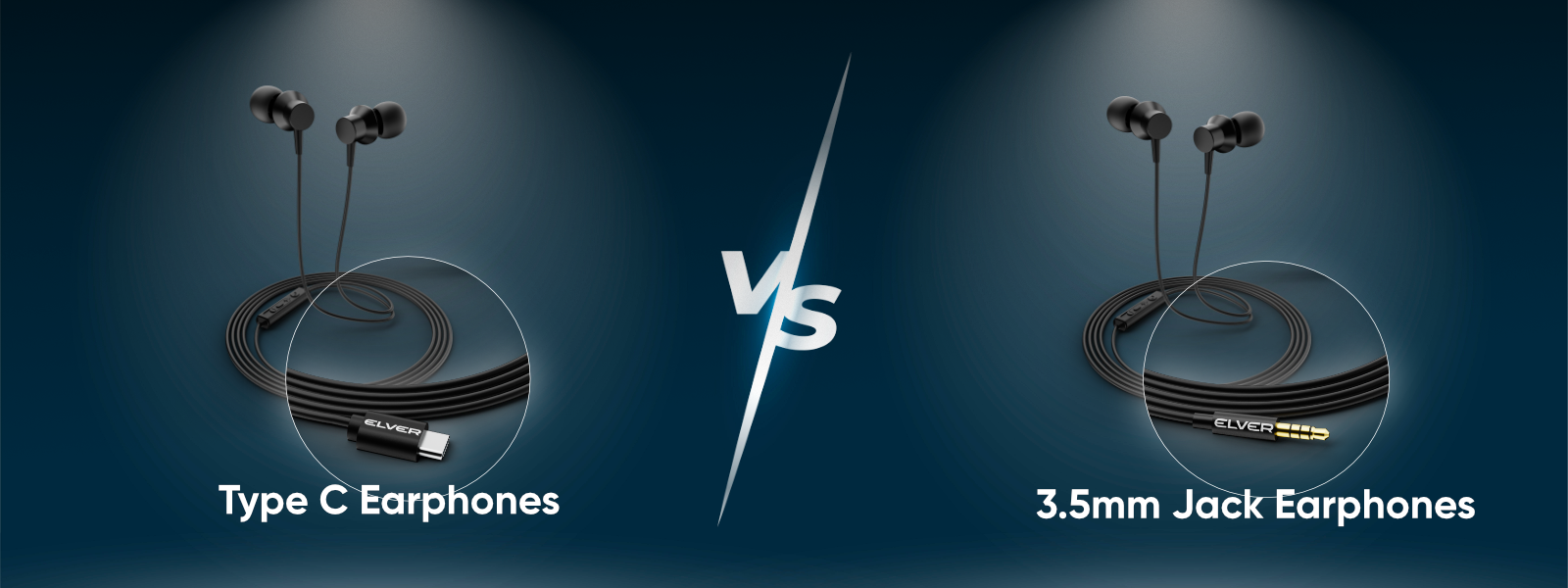In times when audio clarity is equal to visual clarity, the types of audio jacks can make all the difference in how one enjoys music, calls, or gaming. Whether you’re an audiophile, a casual listener, or someone navigating the ever-evolving world of smartphones and accessories, knowing what audio jacks are and how they differ can be crucial when choosing your next pair of wired earphones or upgrading your device.
Here is a list of the most commonly used headphone jacks: the classic 3.5 mm jack, the versatile USB-C, and the proprietary Lightning jacks by Apple.
What Are Audio Jacks?
Audio jacks are physical separators that allow the transmission of audio signals, whether analog or digital, to and from a device and its respective headphones, speaker, or microphone setup. Audio jacks have actually been around for more than 100 years: larger ones, such as 6.35 mm, were used in telephone systems and music studios. However, today the much popular 3.5 mm jack has become the standard across all categories of devices for analog audio. Just as the modern smartphone has removed ports in its evolution, newer forms of ports, some of which are USB-C and Lightning jacks, are two examples that have come up to provide digital audio transmission and further functionalities. It is the awareness of types of audio jacks that bears importance not only for compatibility but also for sound quality improvement.
1. The Universal 3.5 mm Jack
The 3.5 mm jack, also known as a TRS or TRRS plug, is the most recognizable and widely used headphone jack globally. It supports analog audio transmission and comes in various configurations:
-
TRS (Tip-Ring-Sleeve): Stereo sound only
-
TRRS (Tip-Ring-Ring-Sleeve): Stereo sound plus a microphone channel
You’ll find this jack in everything from laptops and smartphones (those that still have it) to gaming consoles and even airplane seats. The 3.5 mm Jack can also handle speeds up to 24-bit/48 KHZ for audio transmission effortlessly.
2. Digital Shift: USB-C Audio Jacks
With smartphone manufacturers increasingly moving away from traditional ports, USB-C has grabbed the spotlight as the new-gen standard for Android devices. These kinds of audio jacks carry digital signals, allowing possible higher-resolution audio and more features like active noise cancellation and DAC (Digital-to-Analog Converter) integration.
What USB-C headphone jacks have going for them:
-
A digital signal means cleaner, crisper audio
-
Fewer ports from getting overcrowded with extra features
-
Usually comes with onboard DACs for finer digital sound processing
Yet, to be able to have USB-C headphone jacks, one needs a device that supports digital audio. This is not always the case with several phones. Hence, compatibility comes down to the device.
A USB-C high-performance one?
Try out the Elver Flow Wired Earphones with Type-C Jack & Mic, combining all the benefits of digital audio with sleek functionality. The superbly deep bass, artsy clear vocal sound, and noise isolation make them good therapy for just about anything, music, streaming, gaming, and phone calls, especially for newer Android phones without 3.5 mm jacks.
3. The Proprietary Lightning Jack
The proprietary Lightning jack is Apple’s answer to the disappearing audio jack and is present on iPhones and some iPads only. Unlike analog audio, digital audio is transmitted through the Lightning jack, thus allowing high-fidelity audio playback and greater functionality, such as inline controls and power to accessories.
Pros:
-
Tight hardware-software integration for Apple devices
-
Enables advanced features (e.g., Siri, noise cancellation)
-
Supports power and data transfer simultaneously
The proprietary jack, in turn, limits compatibility and almost shoehorns the user into Apple's ecosystem. Adapters do exist, but they almost always present a nuisance.
Why Does It Matter to Know the Various Types of Audio Jacks?
Knowing what are audio jacks and the types of audio jacks available can help you:
-
Avoid buying incompatible accessories
-
Choose devices as per your audio expectations
-
Get the most out of your audio gear
It's down to your own personal preferences and device compatibility if you prefer the time-tested 3.5 mm jack, the innovative USB-C, or the proprietary Lightning jack.
Final Thoughts
In a world where everything changes at the speed of light, one can get confused about which headphone jack to use. However, with a little knowledge, you can pick out equipment that fits your device and listening habits.
And if you're in the market for earphones that marry performance with reliability, Elver has you covered, whether you prefer the classic feel of the Elver Flow 3.5mm Audio Jack Wired Earphones with Mic or the futuristic edge of the Elver Flow Wired Earphones with Type-C Jack & Mic. With a strong focus on quality, comfort, and innovation, Elver is quickly becoming a go-to name in personal audio.









